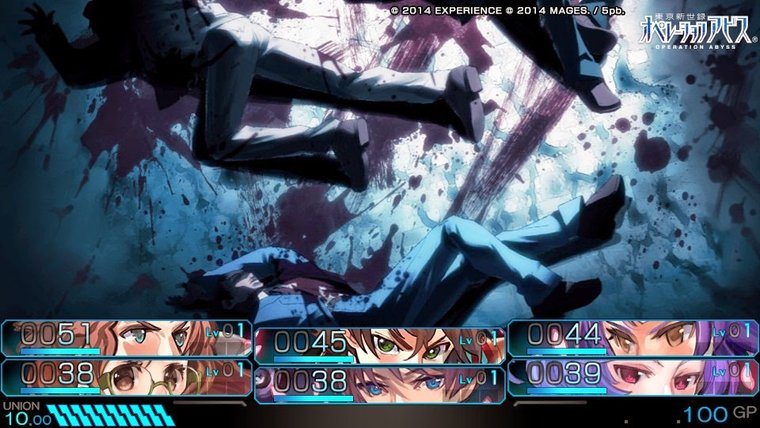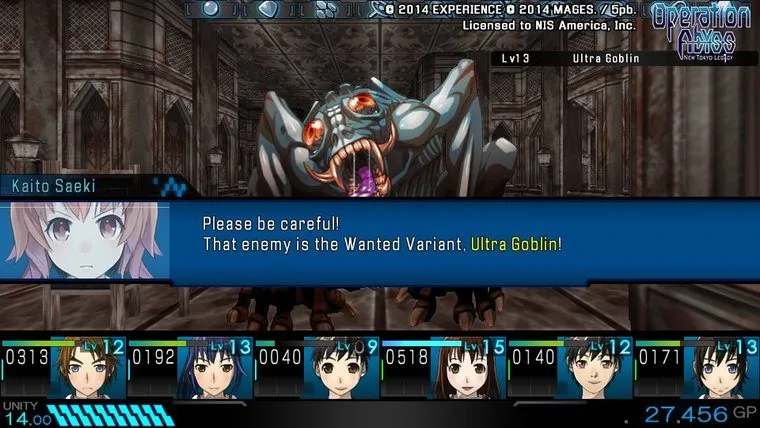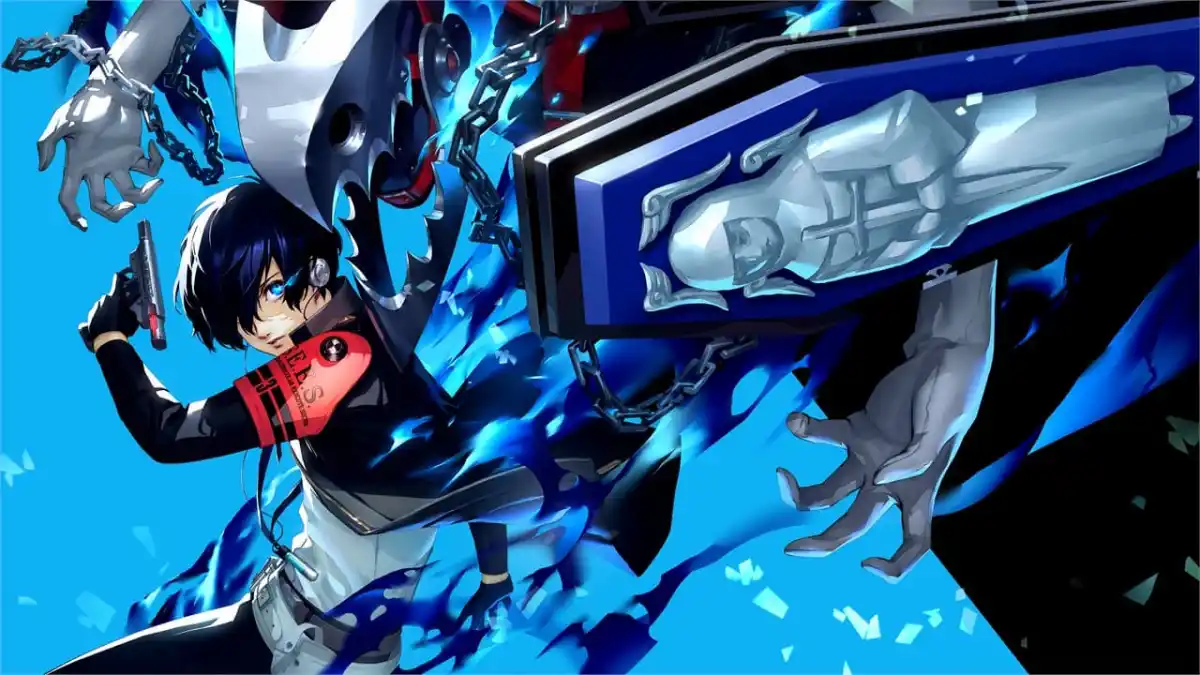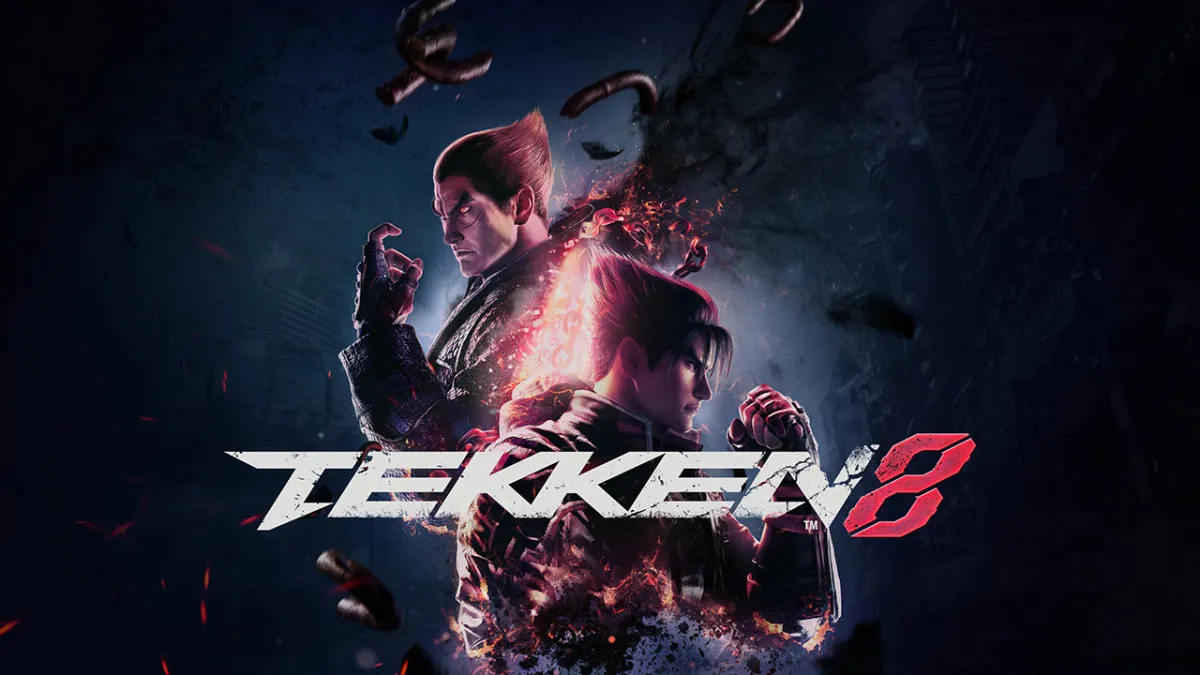The dungeon crawler genre has seen many different variations over the years, including a first-person perspective. Experience, Inc. jumped onto the scene with this genre back in 2008 with the Generation Xth series on PC, later bringing us games like the well received Demon Gaze on PS Vita. Seven years after their debut, Experience, Inc. has now decided to remake the first two Generation Xth series with the very complicated, but addictive Operation Abyss: New Tokyo Legacy.
The central element to any RPG game is the battle system that will be utilized throughout the game. Operation Abyss: New Tokyo Legacy is unique in the way it offers two different styles, Classic Mode and Basic Mode. Regardless of which mode is chosen, you will start with the same six characters, but the lineup is different on the bottom of the screen for some reason.
The big difference found in Classic Mode comes if you decide to create a character to add to your party. Basic only lets you pick from character arts and then their type and increase in stats. Classic offers a full character creator, where one can design a character right down to their eyebrows and jawline. This is a cool feature to have included from the originals, but it’s odd they felt the need to streamline the experience with Basic when its not that much more involved.

For a large portion of Operation Abyss, players will be exploring the various labyrinths found throughout the game. This almost feels like a callback to much older games than even the originals from 2008 that Operation Abyss is based upon. The graphics are pretty solid in these areas to help propel the mystery angle, for which the sound also is a great fit. The character art used in battle is well designed and colorful too, though there is really not much to the animation, as they stick to 2D art instead.
The various labyrinths found in the game get much more involved as you go along, including hazardous spaces and hidden pathways. Mixing up the formula and even expanding upon previous labyrinths the further you get in the game helps to avoid a repetitious feel that could have easily been a problem in Operation Abyss: New Tokyo Legacy. The only issue here is that the overall layout of the various dungeons will feel pretty familiar, though the switching of areas can avoid that from becoming too much of an issue.
Operation Abyss: New Tokyo Legacy has an incredibly in-depth system that can be very complicated for even the most veteran of gamers. The biggest issue is that the game throws you right into confusing situations, but the tutorial as you go along is minimal at best. Luckily, there is a guide that can be viewed from the pause menu, but it is frustrating to have to constantly check back there to see information that should have been better explained while playing. An in-game guidebook should be used merely as a refresher, not as the method of learning many important details of the game.

While the guidebook should not be used as the main method of teaching how to play the game, it really can be a lot of help when it come to arguably the most complicated part of the game, the equipment system. Using strange words like “deliver” and “issue” to sell and buy items, it just feels convoluted just for the sake of standing out. However, the equipment system is rather in-depth and after playing a number of hours, you will find yourself trying to craft different types of weapons and gear to strengthen your party so that you can traverse the toughest of labyrinths.
Addictive gameplay that could entrap you for hours
While there are many arduous elements of the game that makes the learning curve pretty steep, the combat itself is quite simplistic. This is a nice change of pace as it allows the dungeon crawling to be the secondary focus to the actual preparation. In battle, you will have a party of up to six members, with three in the front row and three in the back. The three in the front will typically be the physical fighters, while the back row will be the magic based party members. There are still some nuances that make the gameplay unique, such as the enemy leveling being dependent on certain conditions you’ve achieved in battle in that part of the labyrinth.
With addictive gameplay that could entrap you for hours, the game utilizes a very strange level cap in a couple different ways. When leveling up each character in battle, you will eventually get your experience needed meter down to 0. However, unlike pretty much any other RPG, you do not actually level up at this point. Instead, you must go all the way back to the headquarters and to the Medical Center to Rest. By resting, you will level up, with the cost of Rest increasing depending on your level. This can get frustrating to have to leave when in the deep parts of a dungeon so that you can level up to better face future enemies in that area. There is also an overall level cap that is dependent on the story early on, but it doesn’t get in the way as much as the other.

The equipment setup is far from the only complicated part of the game, as there are many difficult missions that may take awhile to figure out. To help players solve some of the tougher puzzles, Operation Abyss: New Tokyo Legacy has adopted something similar to the Souls series with a memo system. This was a wise addition to a game that requires players to find exact spaces within what will become giant labyrinths, as people can give hints or specific details on how to complete the various missions in the game.
The Verdict
Operation Abyss: New Tokyo Legacy brings an originally Japanese exclusive PC series to a whole new group of gamers on PS Vita. In tandem with the equipment variety, the rather simplistic gameplay makes for an incredibly addicting experience that is perfectly suited for a portable system. The game does feel overly complicated in some ways at times though and as a result can be a difficult entry point for newcomers to the genre, but fans of the dungeon crawling genre can find a fairly unique first-person experience in Operation Abyss: New Tokyo Legacy.







